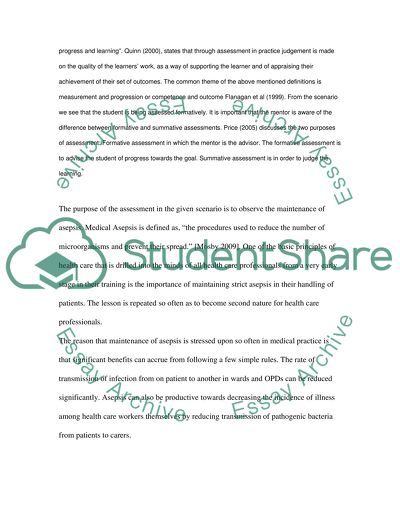Cite this document
(The Handwashing Techniques Essay Example | Topics and Well Written Essays - 2000 words, n.d.)
The Handwashing Techniques Essay Example | Topics and Well Written Essays - 2000 words. Retrieved from https://studentshare.org/health-sciences-medicine/1500363-the-handwashing-techniques
The Handwashing Techniques Essay Example | Topics and Well Written Essays - 2000 words. Retrieved from https://studentshare.org/health-sciences-medicine/1500363-the-handwashing-techniques
(The Handwashing Techniques Essay Example | Topics and Well Written Essays - 2000 Words)
The Handwashing Techniques Essay Example | Topics and Well Written Essays - 2000 Words. https://studentshare.org/health-sciences-medicine/1500363-the-handwashing-techniques.
The Handwashing Techniques Essay Example | Topics and Well Written Essays - 2000 Words. https://studentshare.org/health-sciences-medicine/1500363-the-handwashing-techniques.
“The Handwashing Techniques Essay Example | Topics and Well Written Essays - 2000 Words”, n.d. https://studentshare.org/health-sciences-medicine/1500363-the-handwashing-techniques.


